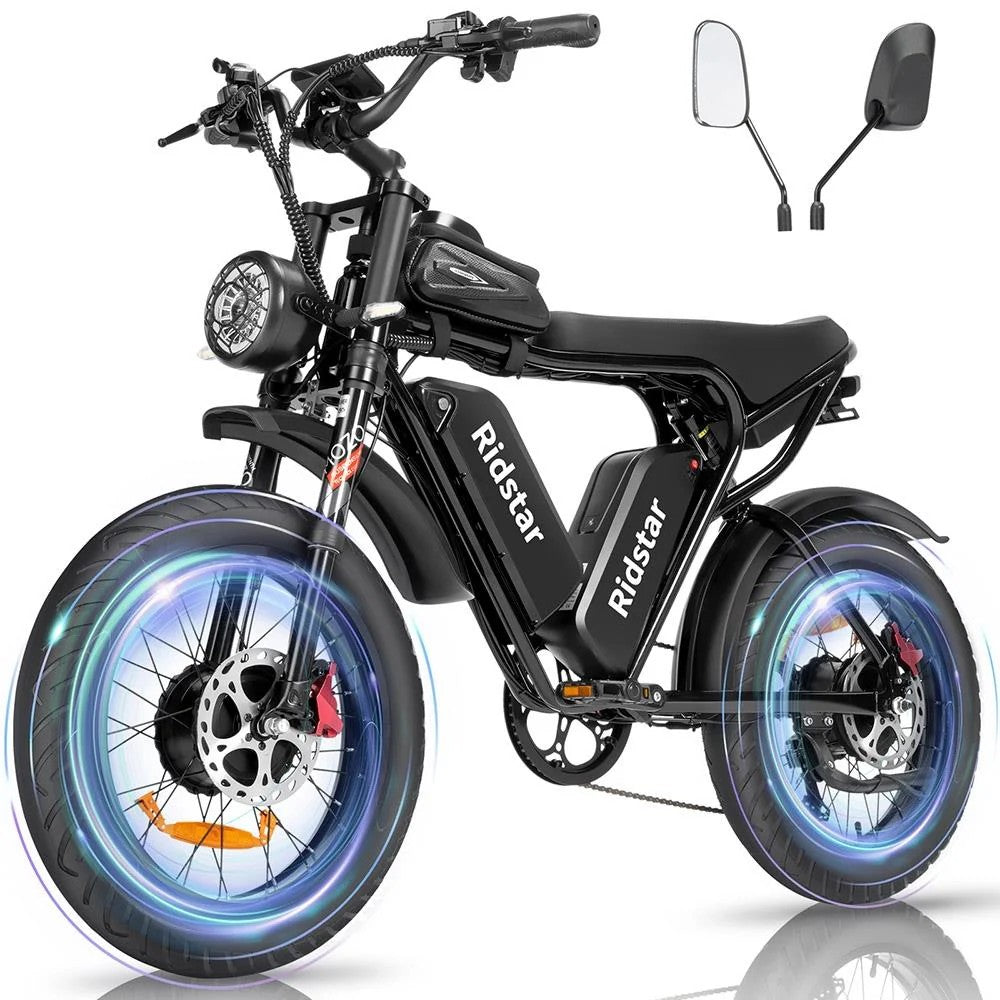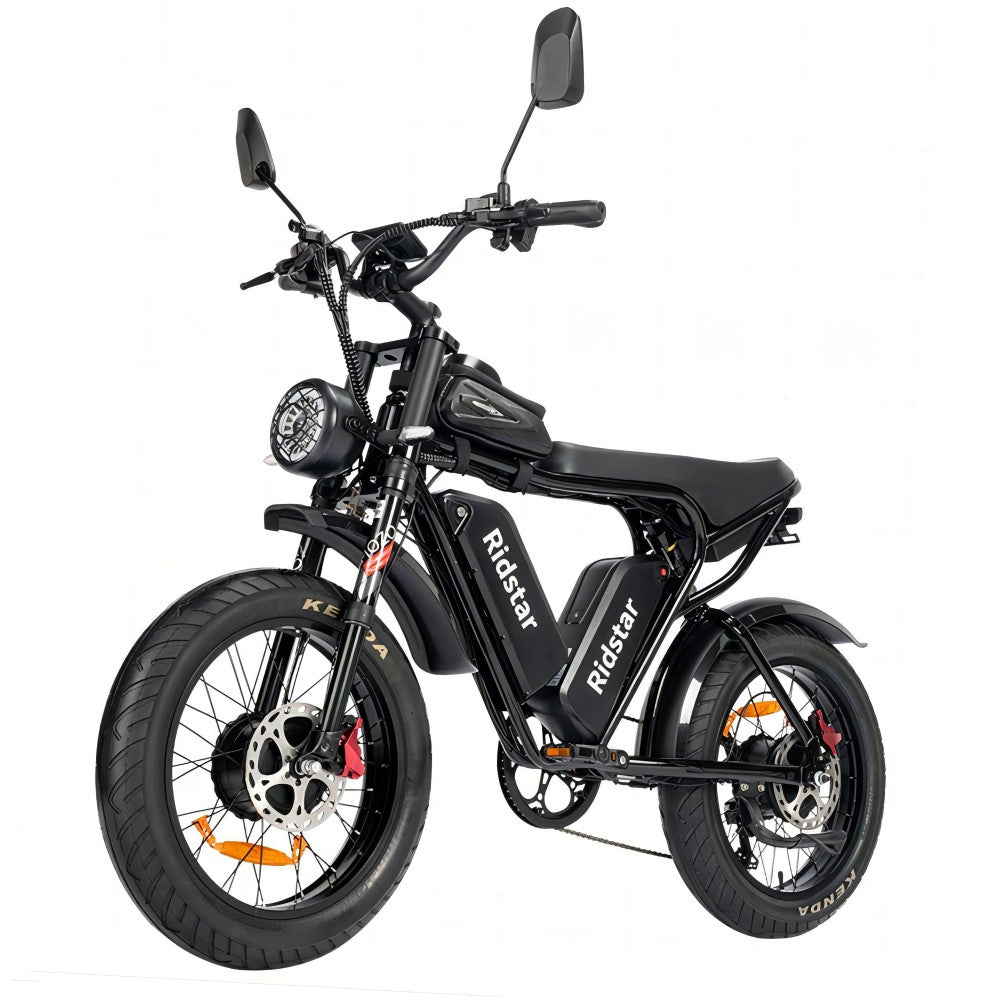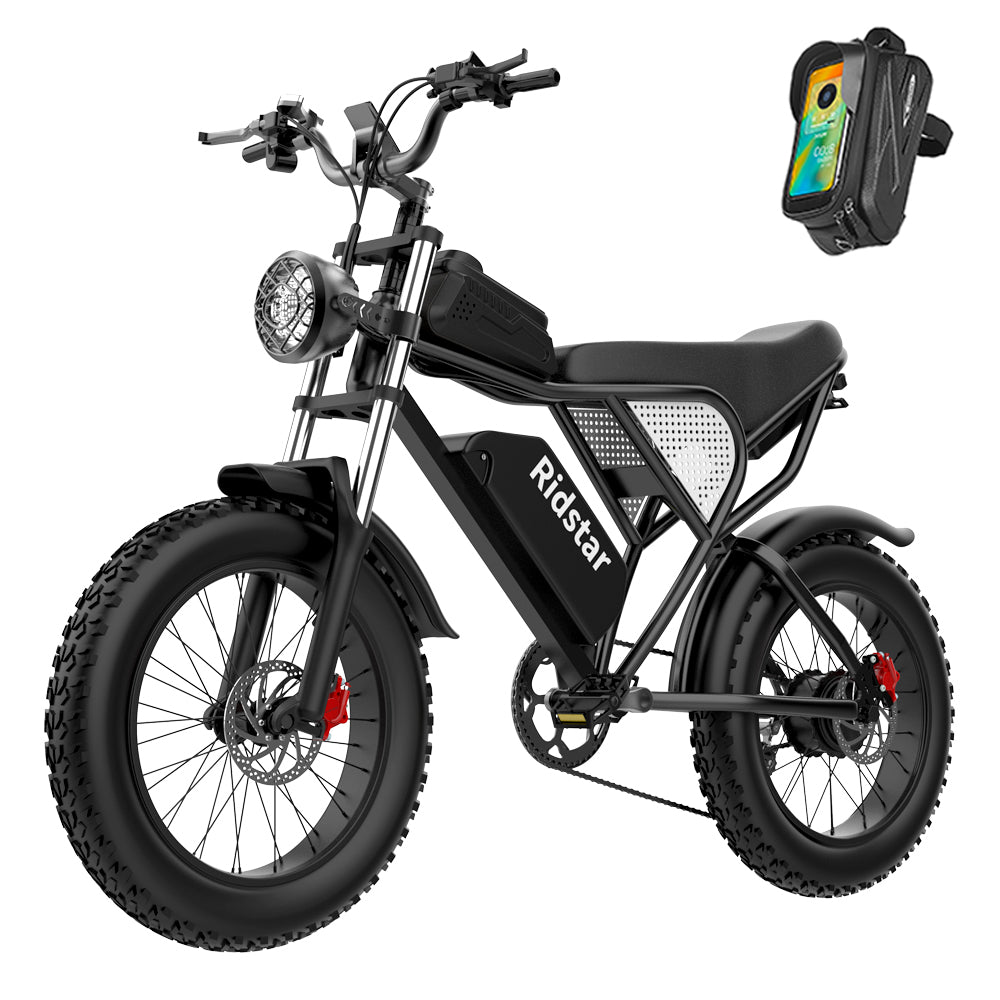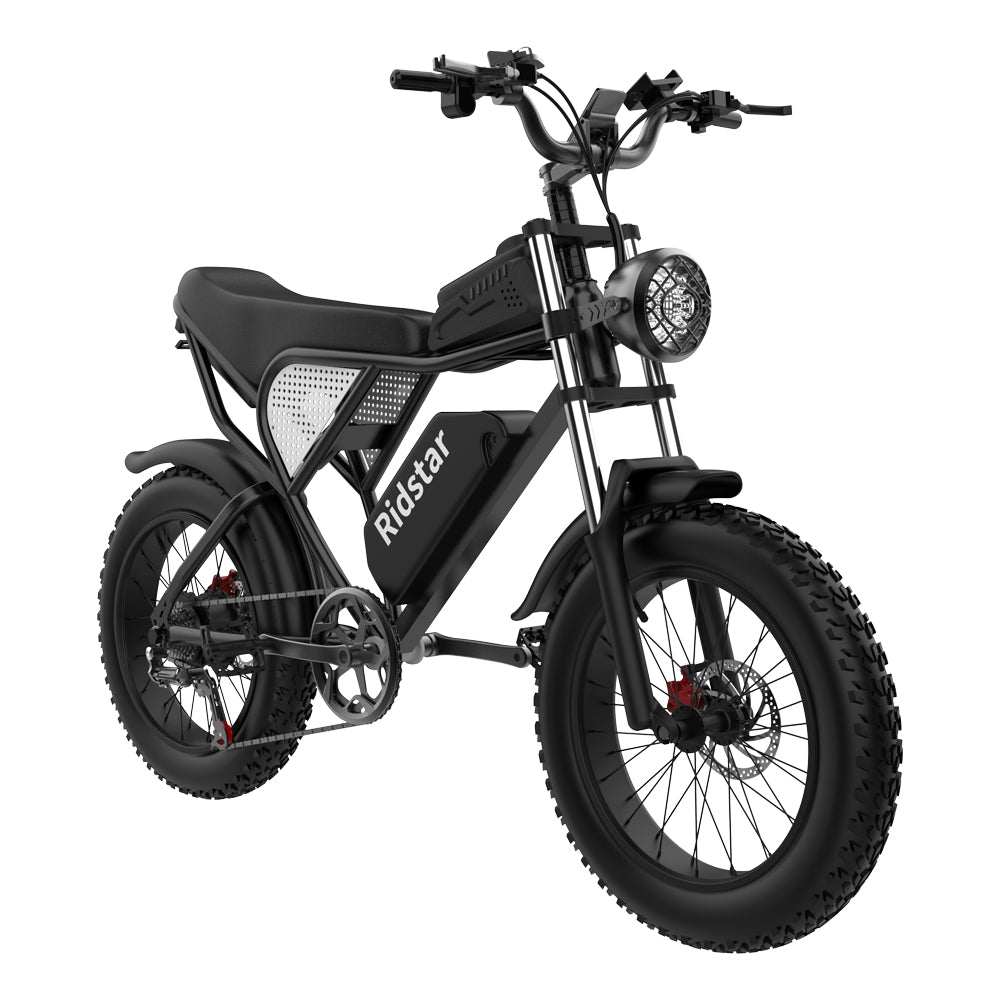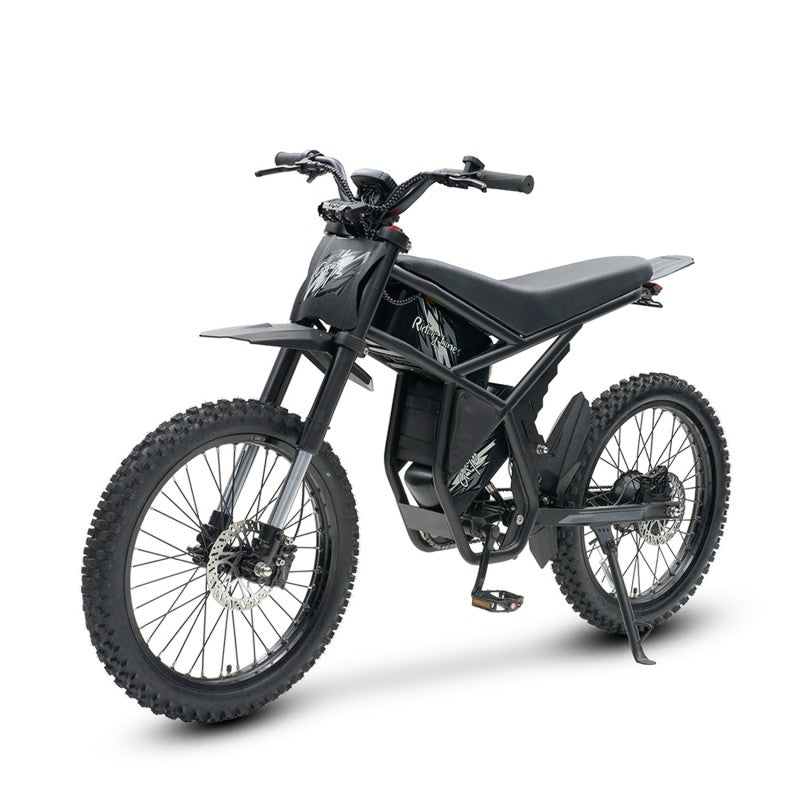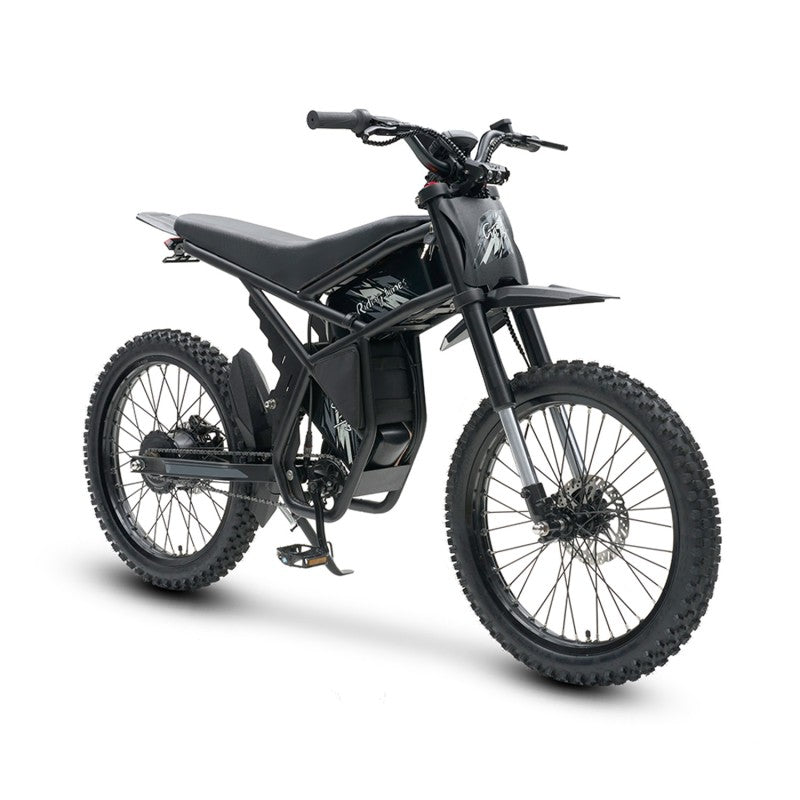The Most Comfortable Electric Bike: Ride Farther with Less Effort
The most comfortable electric bike is the one that allows you to ride longer with minimal strain. A well-designed e-bike enhances your experience by making every journey smoother, more enjoyable, and pain-free. Whether you're a senior, a woman, or simply someone who values a pleasant ride, comfort is key.
But with so many options available, identifying the most comfortable e-bike can be challenging. This guide breaks down the key features that contribute to comfort and explains how different types of electric bikes compare.
What Does Comfort Mean in an Electric Bike?
Comfort can vary significantly from one rider to another. Some riders need a saddle that matches their anatomy, while others prefer wide handlebars to accommodate broader shoulders. What matters most is selecting an e-bike that aligns with your body type and riding style, offering personalized support and minimizing fatigue.
How to Make Your E-Bike More Comfortable
Creating a comfortable ride goes beyond choosing the right model—it also involves tailoring the bike to fit you. Here are some of the most effective ways to enhance your e-bike’s comfort:
1. Choose the Right Saddle
Most e-bikes come with a standard saddle designed for average riders, usually with a slightly raised rear and a sloped nose to reduce pelvic pressure. If this doesn’t suit your needs, upgrade to a high-density foam saddle with anatomical relief. These saddles offer better shock absorption and are especially helpful for heavier riders.
2. Optimize Your Riding Position
A good riding posture reduces fatigue and improves control. Select an e-bike with adjustable seat and handlebar height. Your seat should be positioned so your feet can touch the ground, while your handlebars should be high enough to allow a natural, relaxed grip. Upright positions are ideal for leisure rides, while a forward-leaning stance supports speed and aerodynamics.
3. Enhance Suspension for a Smoother Ride
Suspension systems absorb shocks and bumps. Most e-bikes feature a front suspension fork with spring-loaded stanchions to absorb road imperfections. Higher-end models offer full (dual) suspension, including rear suspension for added comfort—especially useful for off-road or mountain biking.
4. Select the Right Frame Style
Frame geometry greatly affects accessibility and comfort. Common options include:
-
Step-through: No top tube or a sloped one; easy to mount and dismount.
-
Step-over: Traditional diamond or triangle shape; more rigid and sporty.
-
Folding: Great for storage and portability, often based on a step-through design.
Choose the one that best suits your lifestyle and mobility needs.
5. Use Wide Tires for a Cushioned Ride
Wider tires offer more stability and shock absorption, ideal for bumpy or off-road terrain. If you’ll be riding on uneven surfaces or trails, consider fat tires (4" or wider). Keep in mind, larger tires increase rolling resistance and may slow you down on smooth, flat roads.
6. Pay Attention to Handlebar Ergonomics
Handlebars play a crucial role in upper body comfort. Adjustable-height handlebars allow you to maintain a relaxed arm position, reducing strain. Riders with broad shoulders may benefit from wider handlebars that promote a natural arm posture. Some bikes even allow you to adjust the handlebar angle for more customization.
Comparing Comfort Across Different E-Bike Types
Here’s how various types of electric bikes stack up in terms of comfort:
Ideal for all-terrain use, fat tire e-bikes provide excellent shock absorption and stability. Many models include dual suspension, making them particularly comfortable for trail or beach rides.
Designed for relaxed suburban or recreational rides, cruiser e-bikes feature medium-width tires and front suspension. Their upright riding posture and ergonomic handlebars offer excellent comfort on paved paths and light gravel.
These bikes are known for their accessibility. Easy to mount and dismount, they can be found in various styles—from commuter to cargo to folding e-bikes. They’re especially suitable for riders with mobility concerns.
Built to carry loads, cargo e-bikes have extended frames and reinforced components. While they require a bit more handling skill, many models include comfort features such as padded saddles and upright handlebars.
How to Test an E-Bike for Comfort
The best way to assess comfort is by taking a test ride. Visit a local e-bike retailer, explore different models, and see how each one feels. Pay attention to the seat, handlebar position, suspension, and how your body responds during the ride.
Additional Tips for a Comfortable Ride
-
Adjust seat and handlebar height to maintain a natural riding posture.
-
Set tire pressure based on terrain: firmer for rough trails, softer for flat surfaces.
-
Invest in a high-quality saddle tailored to your body.
-
Wear padded cycling shorts for extra cushioning on longer rides.
-
Use ergonomic grips to reduce hand fatigue and improve control.
Comfort Is the Key to a Better E-Bike Experience
Whether you're buying a new e-bike or fine-tuning your current one, prioritizing comfort will elevate your entire riding experience. A comfortable ride lets you go farther, reduces fatigue, and helps prevent injuries. Most importantly, it makes riding more fun—so you can enjoy every journey, and maybe even share the ride with someone else.









